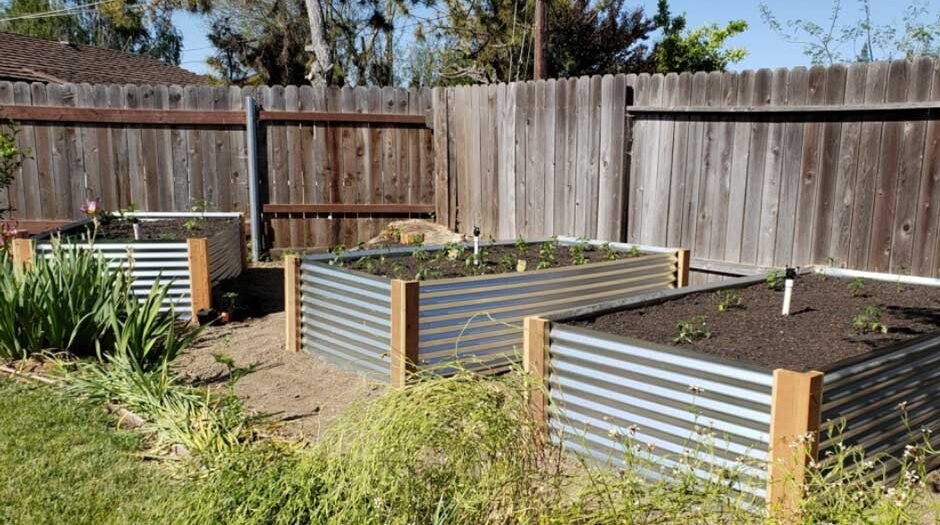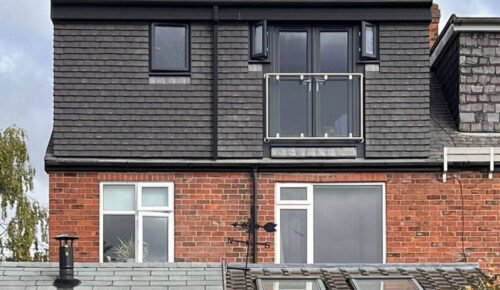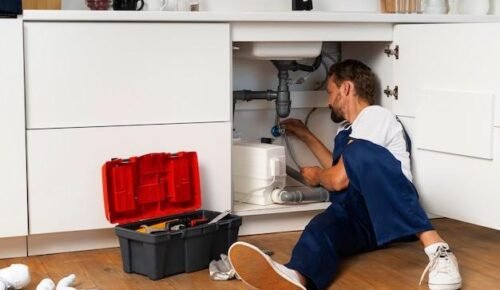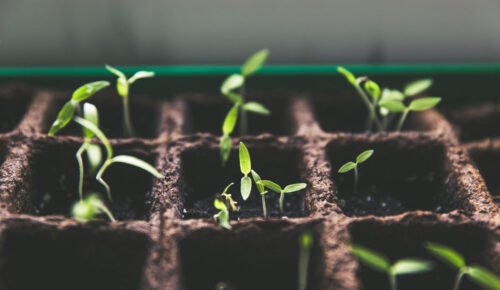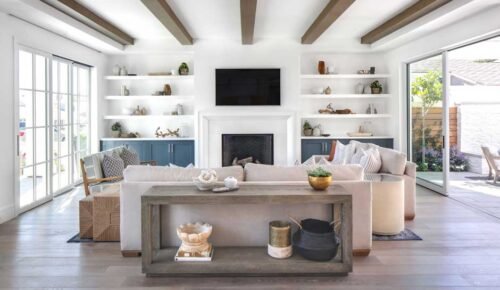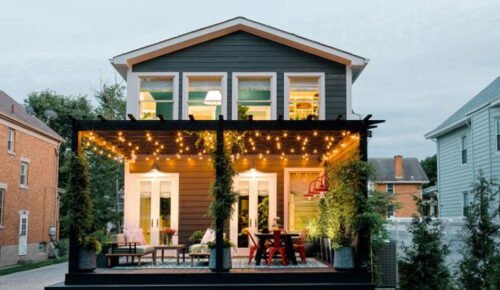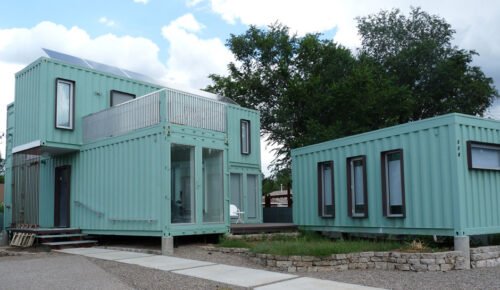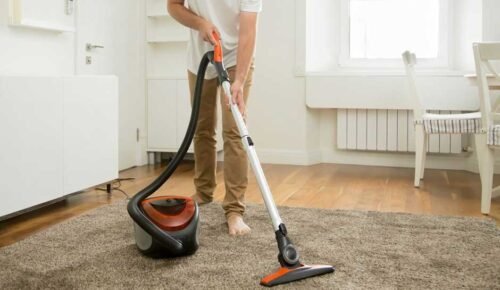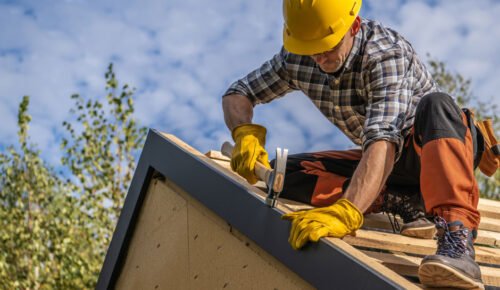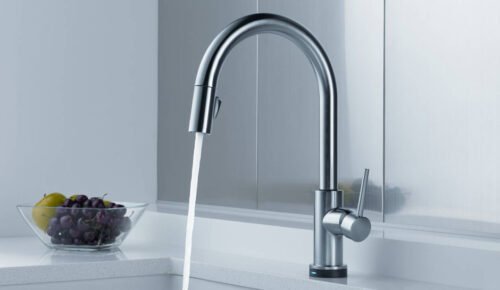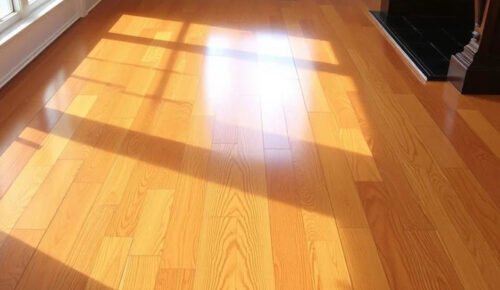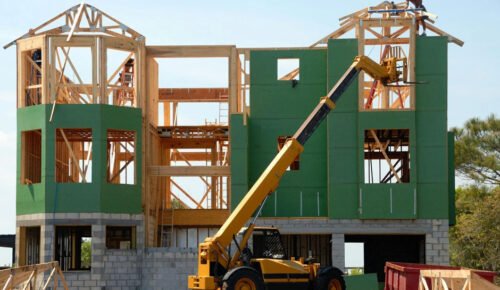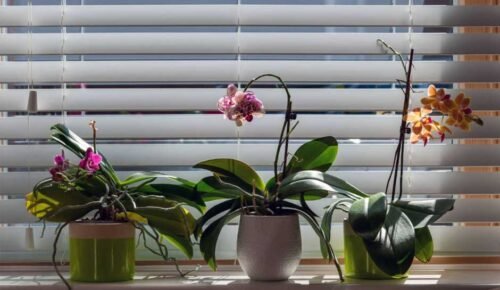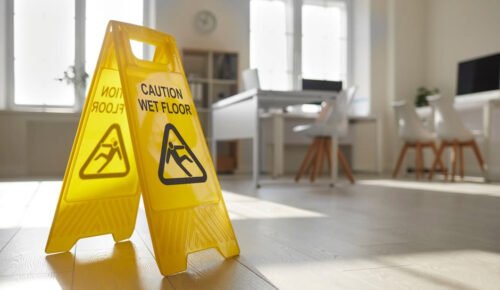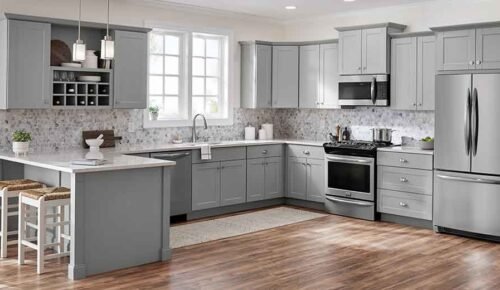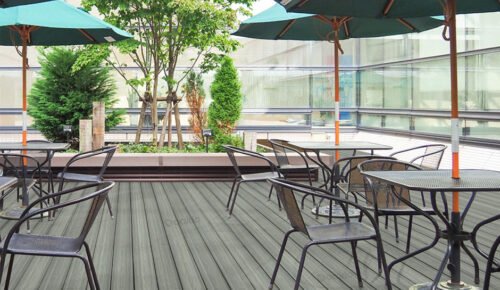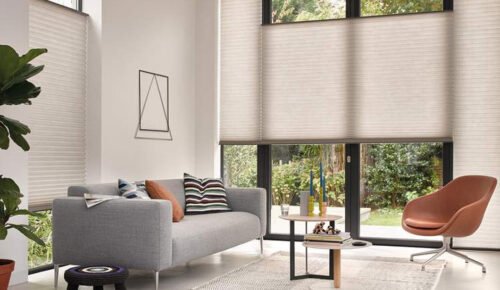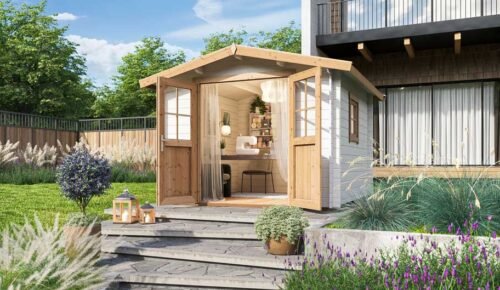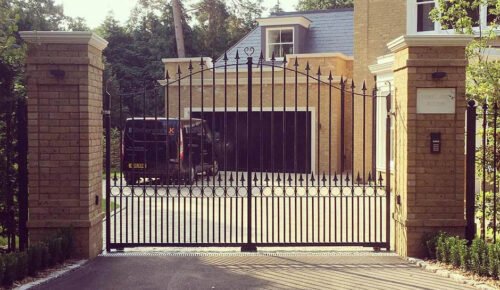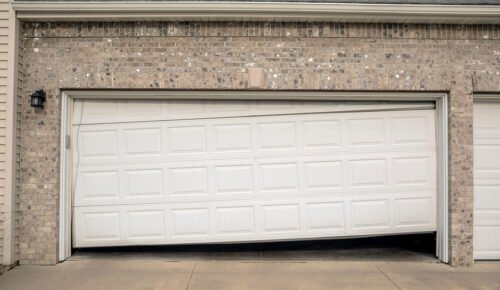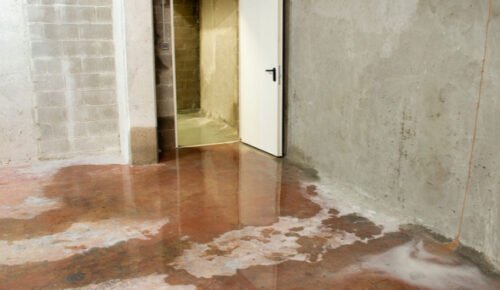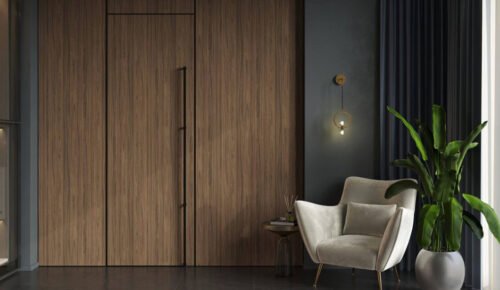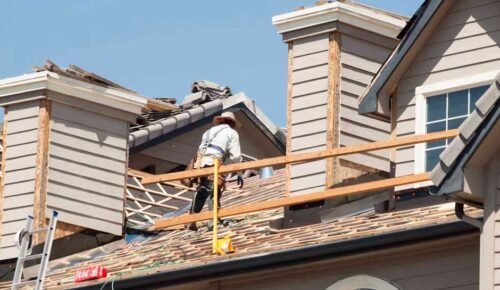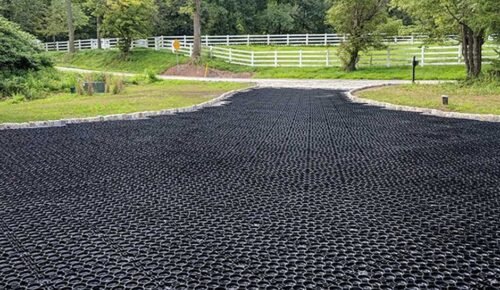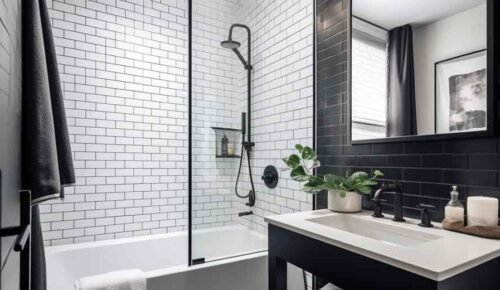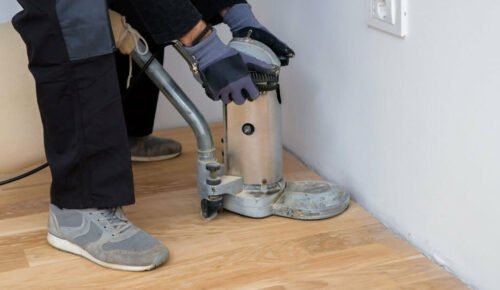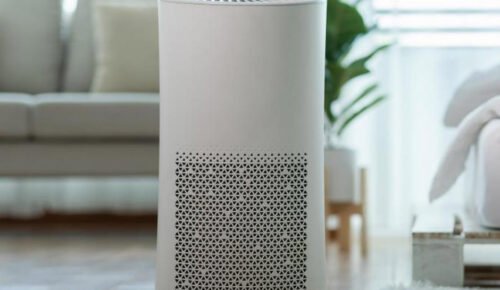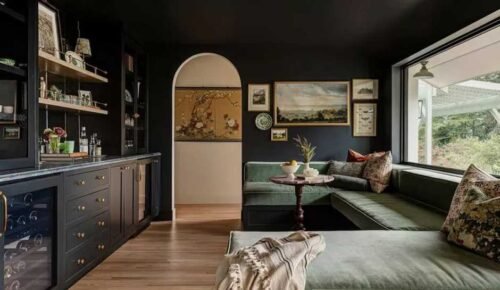When it comes to creating a modern, durable, and visually appealing garden, steel planter beds are a top choice. These sturdy and stylish planters offer numerous benefits, from their robust construction to their sleek design. In this article, we’ll explore why steel planter beds are an excellent addition to any garden or landscape, the different types of steel used, design possibilities, and tips for making the most of these versatile planters.
Why Choose Steel Planter Beds?
Steel planter beds are gaining popularity among gardeners and landscapers for several compelling reasons. Here’s why you should consider them for your next gardening project:
- Durability: Steel is incredibly strong and resistant to the elements, making it a long-lasting option for outdoor use. Unlike wood, which can rot or warp over time, or plastic, which can become brittle, steel planter beds are built to withstand harsh weather conditions without deteriorating.
- Low Maintenance: Steel planter beds require minimal maintenance. They don’t need to be painted, stained, or sealed, and they resist pests like termites that can damage wooden planters. Simply rinse them off occasionally to keep them looking their best.
- Sleek, Modern Aesthetic: The industrial look of steel adds a modern touch to any garden. Whether you prefer the clean lines of galvanized steel or the rustic charm of weathered corten steel, these planters can complement a wide range of design styles.
- Eco-Friendly: Many steel planter beds are made from recycled materials, making them an environmentally friendly choice. Additionally, steel is fully recyclable, so when the time comes to replace your planter, it won’t contribute to landfill waste.
- Versatility: Steel planter beds are available in a variety of shapes and sizes, making them suitable for everything from small urban gardens to expansive landscapes. They can be used to grow vegetables, flowers, shrubs, and even small trees.
Types of Steel Used in Planter Beds
Not all steel is created equal, and the type of steel used in your planter bed can affect its appearance, durability, and maintenance requirements. Here are the most common types of steel used in planter beds:
- Galvanized Steel: Galvanized steel is coated with a layer of zinc, which protects it from rust and corrosion. This type of steel is known for its bright, shiny finish and is ideal for gardeners who want a sleek, modern look. Galvanized steel planter beds are highly durable and can last for many years with minimal maintenance.
- Corten Steel (Weathering Steel): Corten steel is designed to develop a rust-like patina over time, which not only protects the steel from further corrosion but also gives it a unique, rustic appearance. This type of steel is perfect for those who want a more organic, earthy aesthetic in their garden. Corten steel is incredibly durable and can withstand the elements for decades.
- Stainless Steel: Stainless steel is highly resistant to rust and corrosion, making it an excellent choice for planter beds in harsh climates or near coastal areas. It has a polished, modern appearance and requires very little maintenance, making it a popular choice for contemporary gardens.
Design and Aesthetic Possibilities
Steel planter beds offer a wide range of design possibilities, allowing you to create a garden that is both functional and beautiful. Here are some ideas to inspire you:
- Raised Garden Beds: Steel planter beds are perfect for creating raised garden beds, which can make gardening easier on your back and knees. Raised beds also provide better drainage and can help protect your plants from pests and weeds.
- Tiered Planters: Use steel planter beds of varying heights to create a tiered garden effect. This is a great way to add depth and visual interest to your landscape, especially if you’re working with a sloped area.
- Modern Minimalism: For a sleek, minimalist look, choose planter beds with clean lines and a simple design. Pair galvanized or stainless steel planters with monochromatic plants, such as all-green foliage or white flowers, to create a contemporary garden.
- Rustic Charm: Embrace the natural patina of corten steel by incorporating it into a garden with earthy tones and organic shapes. Pair these planters with wildflowers, ornamental grasses, and other plants that evoke a natural, untamed look.
- Container Gardens: If space is limited, use steel planter beds as the foundation for a container garden. Group multiple planters together to create a cohesive design, and mix and match plants with different colors, textures, and heights for a vibrant display.
Usage Tips: Getting the Most Out of Your Steel Planter Beds
To ensure your steel planter beds thrive and last for years, follow these practical tips:
- Proper Drainage: Ensure your steel planter beds have adequate drainage to prevent water from pooling, which can lead to root rot. Most steel planters come with drainage holes, but if yours doesn’t, consider adding a layer of gravel or using a liner to improve drainage.
- Soil Selection: Choose the right soil mix for the plants you intend to grow. Raised beds typically require a lighter soil mix with good drainage, especially for vegetables and flowers.
- Placement: Position your steel planter beds in a location that receives the appropriate amount of sunlight for your plants. Keep in mind that steel can absorb heat, so if you’re gardening in a hot climate, consider positioning the planters in a partially shaded area to prevent the soil from overheating.
- Seasonal Care: While steel is highly durable, it’s a good idea to check your planter beds periodically for any signs of wear, especially if you live in an area with extreme weather conditions. If rust does start to develop on galvanized or stainless steel, clean it off with a wire brush and apply a rust-resistant coating to protect the steel.
- Winter Preparation: In colder climates, consider emptying your steel planter beds before winter to prevent soil from freezing and expanding, which could cause damage. Alternatively, you can insulate the planter beds with straw or mulch to protect the soil and plant roots.
Conclusion: Invest in Quality with Steel Planter Beds
Steel planter beds offer a durable, stylish, and low-maintenance solution for any garden or landscape. Whether you’re looking to create a modern, minimalist space or a rustic, natural oasis, these planters provide the versatility and strength needed to bring your vision to life. With a variety of steel types and design options to choose from, you can easily find the perfect steel planter bed to suit your needs and enhance the beauty of your outdoor space.
So, if you’re ready to invest in quality and style, consider adding steel planter beds to your garden. They’re a timeless choice that will serve you well for years to come.
